Experts lose hope of finding Kosovo’s missing
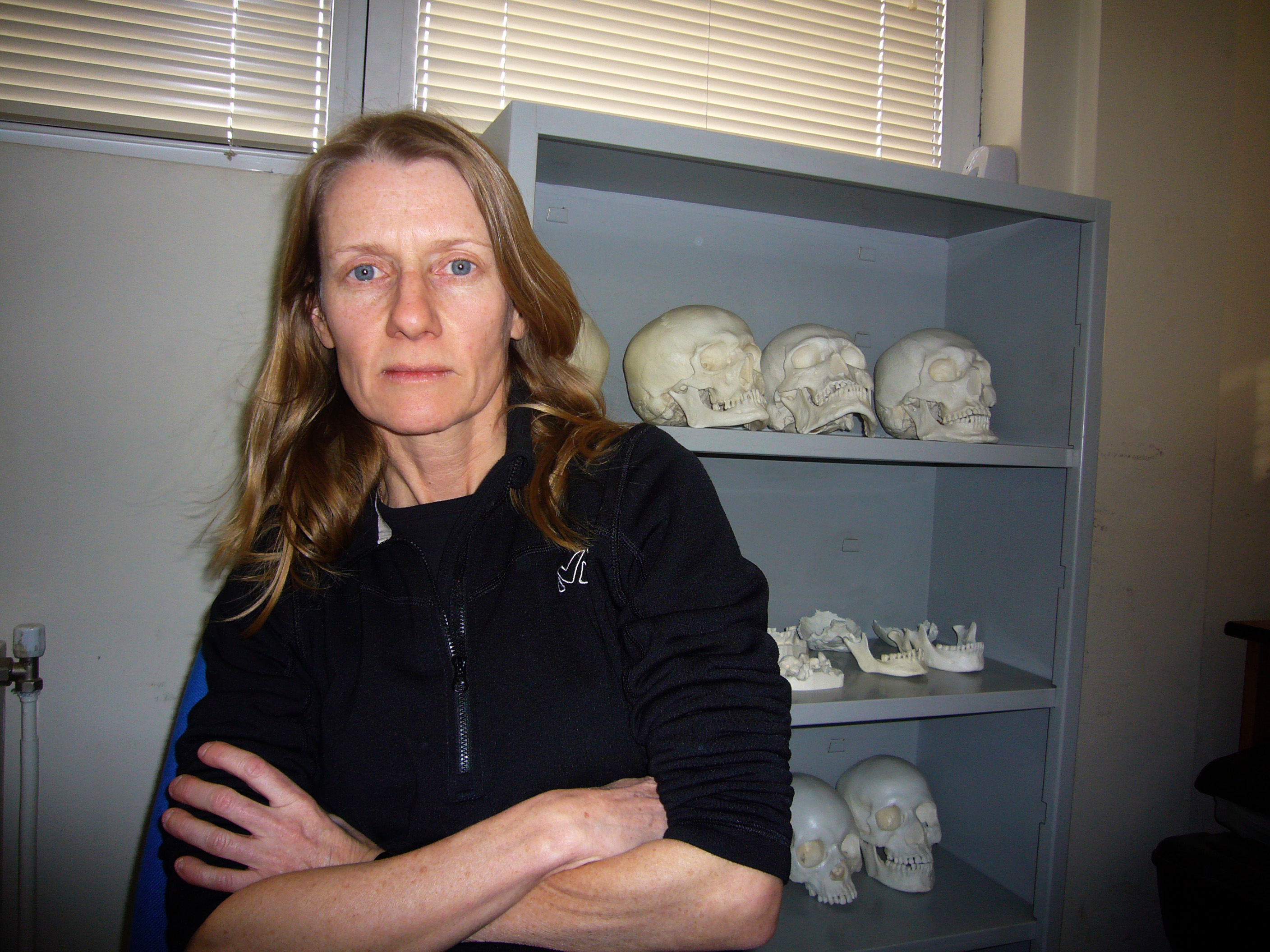
The morgue in the capital of Kosovo, Pristina, holds many secrets, with the unidentified bodies of about 300 victims of the Balkan wars.
Nearly 12 years after the end of the conflict, it’s the job of Valérie Brasey, a human rights specialist from Geneva, to help forensic experts identify these mortal remains.
She contacts the families still searching for loved ones, tries to persuade them to give blood samples for DNA matches, and obtains leads on potential graves.
Brasey’s salary is paid by the Swiss foreign ministry. Caroline Tissot from the section for peace policy explained why Switzerland backs this project:
“Identifying missing persons is part of dealing with the past. It reduces tensions between ethnic groups and helps with the transition to a peaceful state, contributing to stability in southeastern Europe”.
DNA samples have been taken from all the cadavers in Pristina morgue thought to date from the 1998-9 conflict, but 320 cases cannot be identified because there are no blood samples for comparison.
Twenty families gave blood in 2010. In three cases, matches were found with bodies in the morgue. These families had buried complete strangers, believing them to be close relatives.
Misidentified
The confusion seems to have arisen in 1999, when remains were buried that had not been scientifically identified.
In the same year, the International Criminal Tribunal for the Former Yugoslavia (ICTY), sent a forensic team to Kosovo to gather information.
“They located many grave sites and exhumed thousands of bodies with the aim of gathering evidence on war crimes,” Brasey explained. “The identification of the remains was not always a priority and some teams even reburied the victims without leaving details of where they were buried.”
Statistics show that about ten per cent of the bodies found and buried in 1999 may have been misidentified.
Nato forces in Kosovo and agents from the OSCE, the Organisation for Security and Co-operation in Europe, also collected information about mass graves, which was not always shared centrally.
The Swiss-based International Committee of the Red Cross is now sifting through these documents to try to identify leads to possible gravesites. The ICRC was operational in Kosovo during the conflict and its list of Missing Persons is considered the official reference document.
Uncovering information
Lina Milner chairs the Working Group on persons unaccounted for following the 1998-1999 war and its aftermath. The regular meetings between Serb and Kosovan government representatives and forensic experts are aimed at uncovering new information on grave sites.
The list of Missing Persons has been reduced from over 6,000 to 1,822, largely thanks to these exchanges and information offered by family associations. However, Milner says the Serb and Kosovan governments have been slow recently in volunteering information.
Even if the parties in the Working Group do offer useful information, it can take years to positively identify the victims. Only about 40 missing people per year have been identified over the past three years.
Milner admits that it’s a frustrating process, “We’re trying to push all the parties to find new avenues to provide information on grave sites, for instance through witnesses or through national archives. The alleged perpetrators would obviously be the best sources of information.”
Haki Kasumi heads a family association for missing Kosovo Albanians. His brother-in-law, Ukshin Hoti, a prominent political activist, was imprisoned by the Serbs in 1994. He was due to be released in April 1999, but has not been seen alive since.
The family paid thousands of euros for information they thought would lead to Hoti’s discovery, but their would-be informants simply absconded with the money. “When you have someone missing in your family, you would do anything to find them. We are not the only ones who have lost money like this,” Kasumi said.
New gravesites
The Department of Forensic Medicine has identified 20 potential locations to be exhumed in 2011. Most of these consist of individual graves in cemeteries in Kosovo, but there are also some large and complex sites on the list.
A detailed map covers the wall of Brasey’s office in the Department of Forensic Medicine in Pristina, part of the European Union Rule of Law Mission (Eulex) in Kosovo. Red and green pins mark grave sites. She points out the village of Zhilivode Vushtrri, a former KLA stronghold, where 23 Serbs are said to have been killed and thrown into a mine shaft.
The complicated recovery operation will cost tens of thousands of euros as the bodies are thought to be located 25 metres below the surface of the collapsed shaft. The Kosovo government has agreed to share the bill and to provide logistic assistance during the excavation.
Another pin marks the spot where a mass grave is thought to be located in the high mountains near Kosovo’s border with Montenegro. The bodies of seven to eight Serbs soldiers are said to be buried in this heavily mined area and an extensive mine clearing operation will have to be carried out before bodies can be exhumed.
Ashes
It’s estimated that the remains of at least 400 people were burned during the war. Ashes were found in the village of Goden near Gjakova, where witnesses say around 20 people were killed and their bodies incinerated.
“I would like to return these ashes to the community,” Brasey said.
“We’ve asked the Kosovo government to produce a legal document to present to the families of victims, which would allow them to move on with their lives, and also sort out inheritance issues.”
The EU has put Kosovo’s missing persons on the agenda for upcoming discussions. The ICRC hopes this will encourage the two parties to put more resources and energy into the effort to trace and identify the missing.
Most of the Albanians on the missing persons list disappeared during the armed conflict, particularly during the Nato bombing period.
Serbs and other ethnic minorities vanished in the months following the war, thought to be victims of reprisal attacks.
More than 500 people over the age of 65 are still missing, many of them Serbs.
More than 850 bodies of missing Albanians have been exhumed so far in Serbia.

In compliance with the JTI standards
More: SWI swissinfo.ch certified by the Journalism Trust Initiative
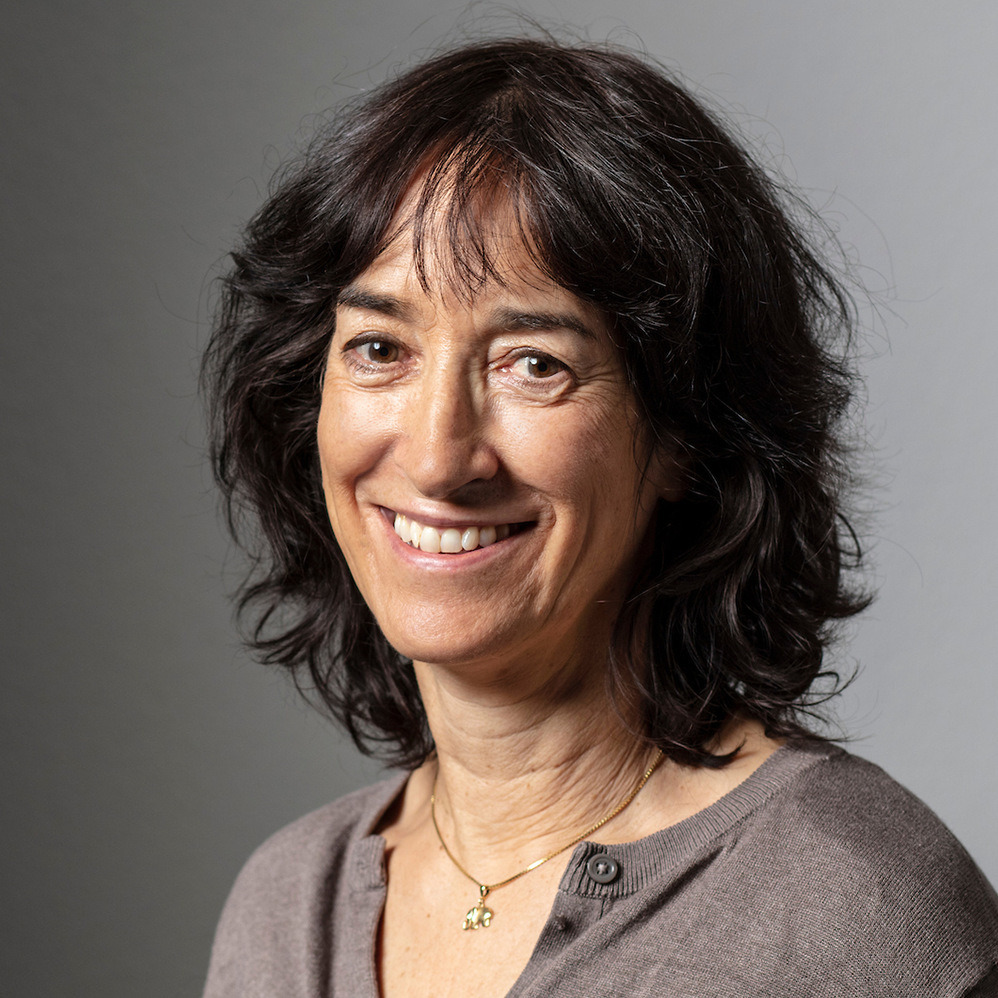








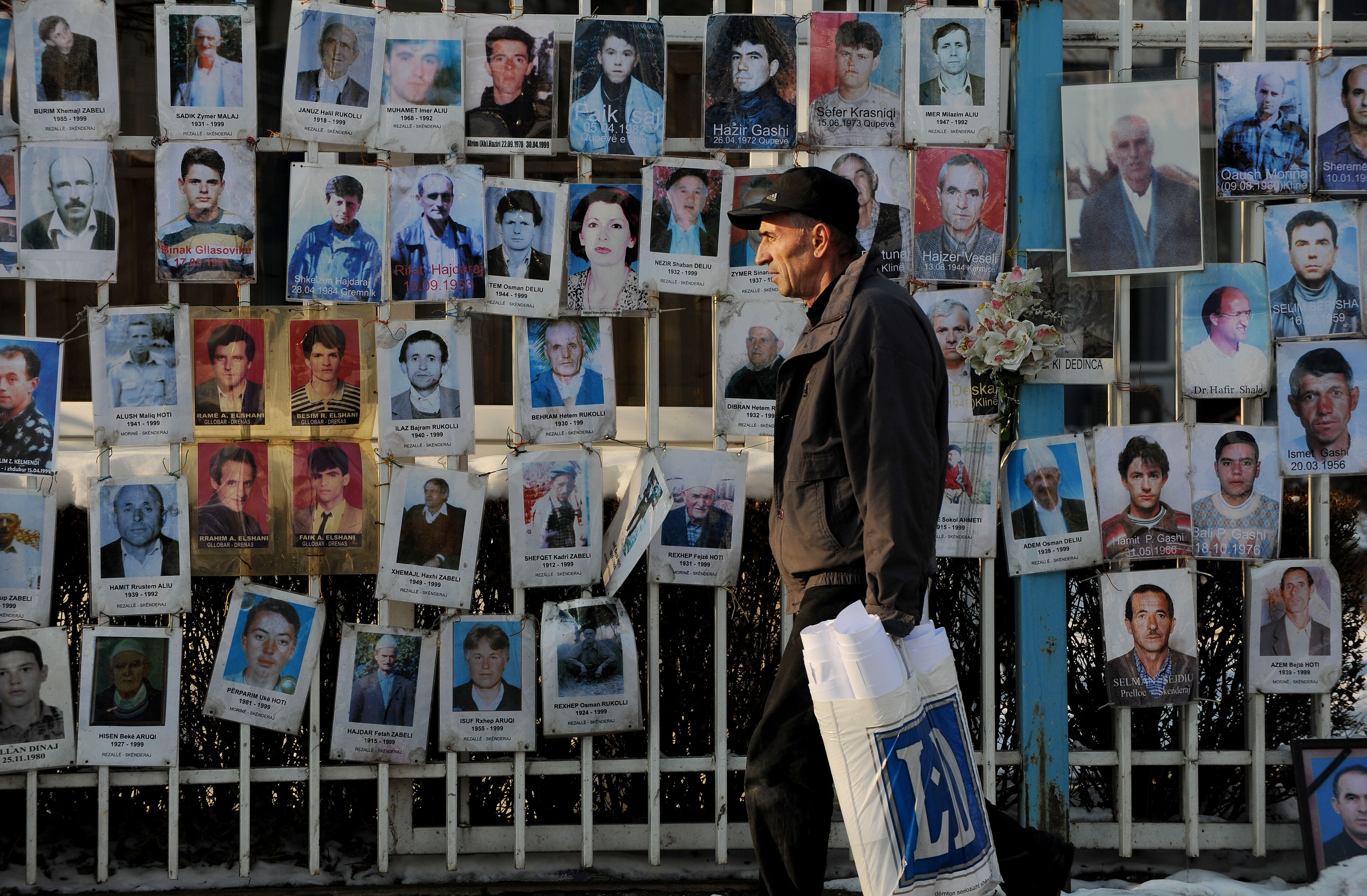
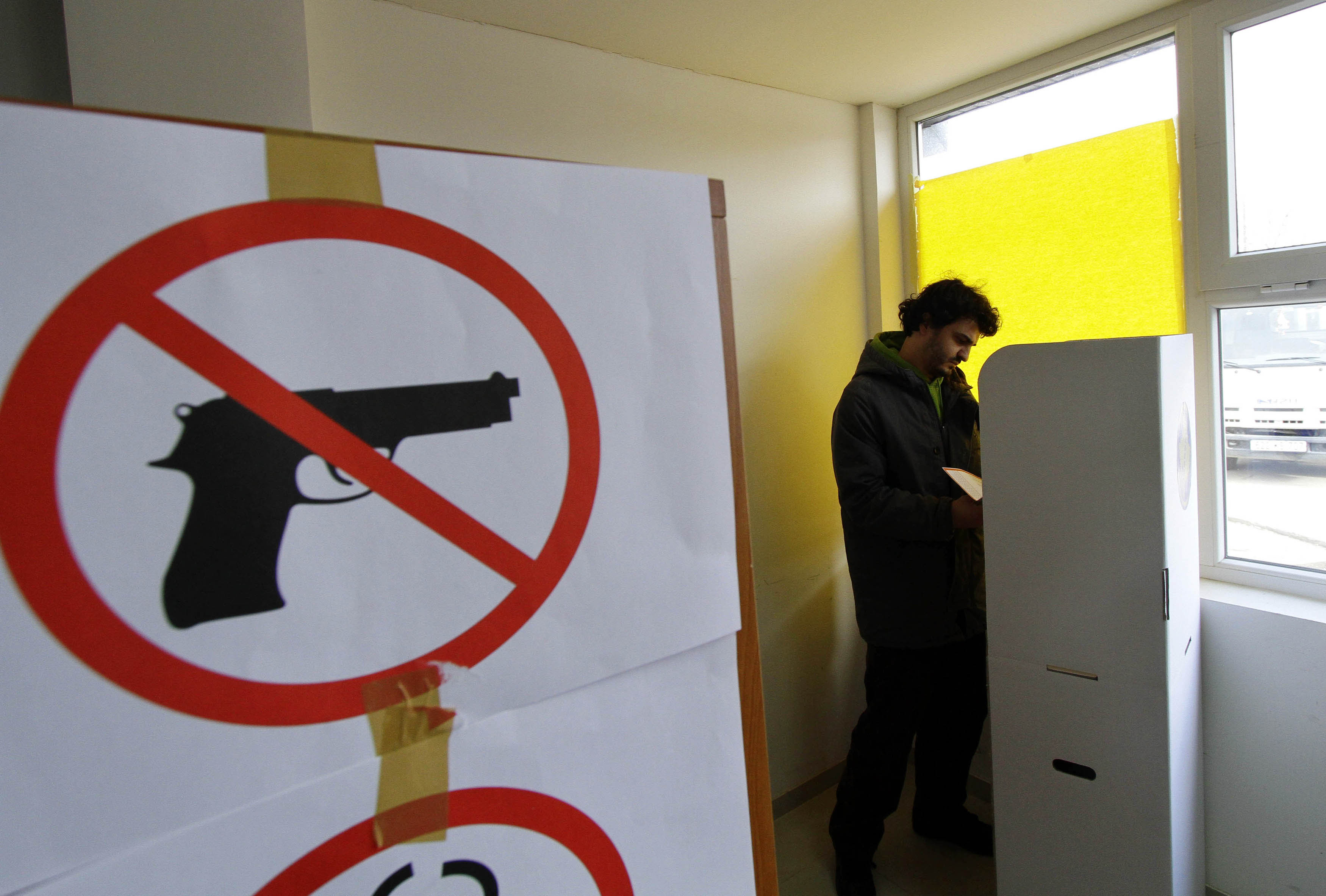
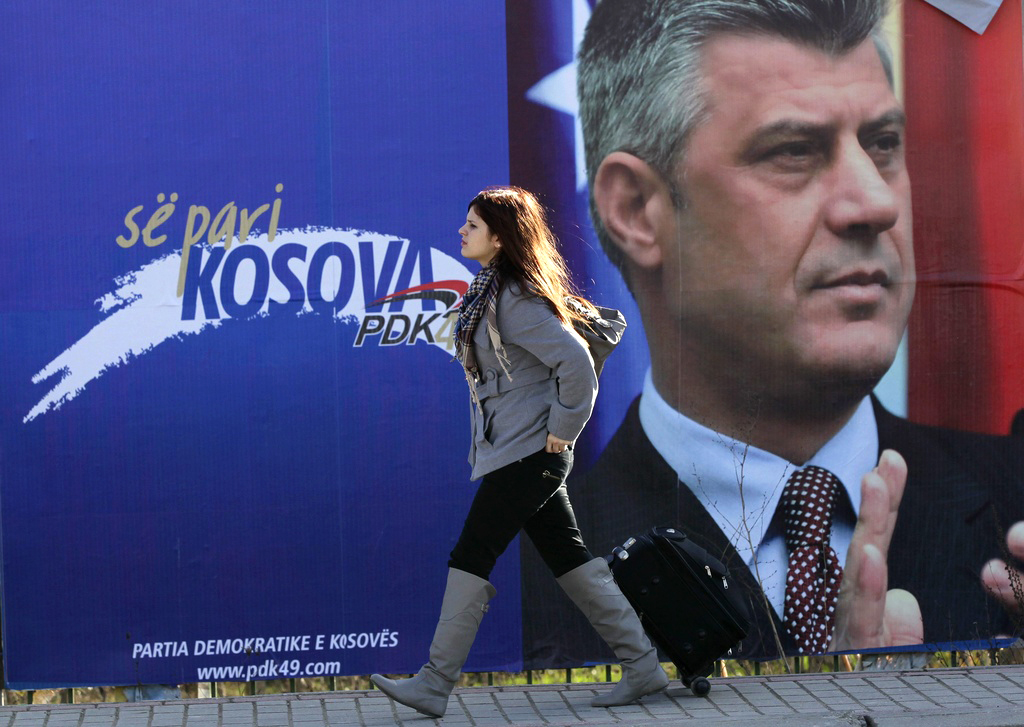
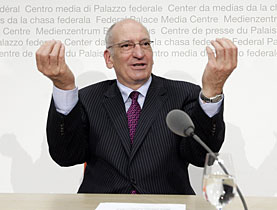




You can find an overview of ongoing debates with our journalists here . Please join us!
If you want to start a conversation about a topic raised in this article or want to report factual errors, email us at english@swissinfo.ch.